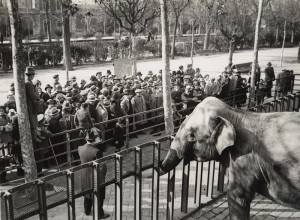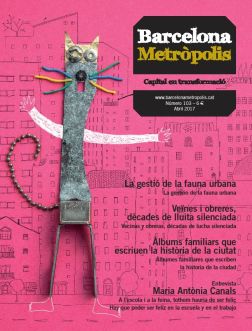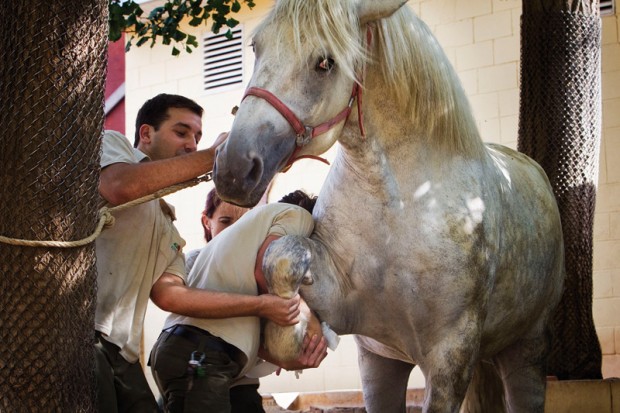Project ZOOXXI was born from the ideals of anonymous citizens – activists, animal rights campaigners, university students, scientists and teachers – who question these urban facilities we call “zoos” that are heirs to the historical tradition of the human domination of other animals.
The first zoos were created six thousand years ago, when emperors would use exotic animals to prove the existence and their domination of new lands. Today, the narrative used by zoos justifies the exhibition of animals in an environment built as a place of leisure, with the need to raise funds to carry out the work they have set themselves: research, conservation and education.
But having wildlife from very different climatic regions in a single space, in recreated habitats that are always too small, is not just a historical mistake and an anachronism. Science has demonstrated that it causes suffering to the enclosed animals, that this conservation strategy has very little positive impact on endangered species because it does nothing for the conservation of their habitat and has extremely low rates of successful reintroduction, and that, in fact, the public does not necessarily leave the zoo any better educated or informed than when they came.
Since 2012, in the wake of the Cambridge Declaration on Consciousness, the scientific world has acknowledged that non-human animals have complex emotions and an awareness of their own being. In zoos, captive animals do not develop their natural behaviours, such as exploring territories or travelling great distances, and they suffer from diseases that do not exist in populations of the same species found in the wild.
Many of the people who have been working on this project over the last eight years, under the auspices of the LIBERA! Animal Rights Group and the Franz Weber Foundation, are the same people who campaigned outside the zoo gates, demanding its closure. ZOOXXI is a step on from the idea of zoo closure, because its members recognize that closure would not benefit the animals kept there, as they could not be reintroduced into the wild, and it would not give rise to a whole new model.

February 1931: The L’Arca de Noè (Noah’s Ark) association, formed by people whose surnames are related to the animal kingdom, celebrates its annual festival with a visit to Barcelona Zoo. In the photo: Júlia the elephant, the star attraction at Barcelona Zoo from 1915 until her death from starvation during the Spanish Civil War.
Photo: Arxiu Josep Maria Sagarra i Plana
A change of paradigm is needed: the zoo must become a space that protects animal rights, an active player in the conservation of habitats and a source of public pride.
The shift is gradual and progressive, and the long-term goal is to turn zoos into rescue and rehabilitation centres for local wildlife, so that conservation is carried out in the animals’ natural habitat and the zoo exhibits these conservation actions to city-dwellers, using the most advanced immersion technologies: augmented reality products and interactive, educational audiovisual content. In parallel, the project proposes to set up an international network of zoos that are committed to preserving habitats and exchanging content instead of individual animals. This would be a powerful environmental strategy that protects nature, is economically sustainable and provides an educational and scientific resource – always with a focus not just on the species, but on the individual animal.
The final step in the campaign is mobilisation: getting the 14,000 signatures required to start a citizens’ initiative. Anyone over the age of sixteen, who is a registered resident of Barcelona, can sign. This step will be completed the day that the initiative is ratified by the City Council assembly. Because Catalonia has set a global benchmark, having abolished bullfights in 2010 and banning the use of wild animals in circuses in 2015, Barcelona, whose policies on animal rights are renowned, can now be a pioneer in the implementation of the ZOOXXI model – a model that has global ambitions.




